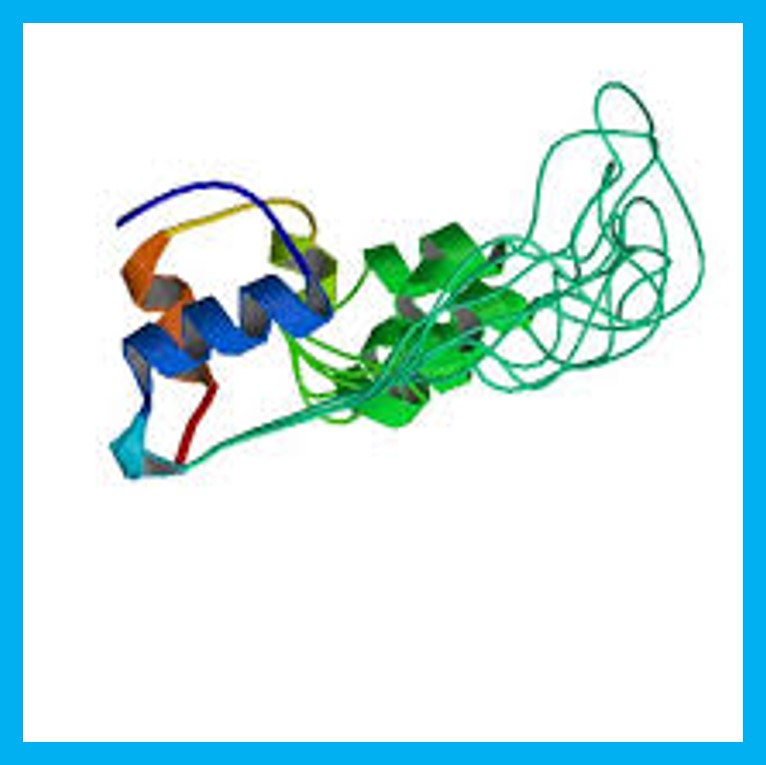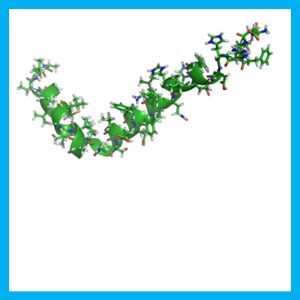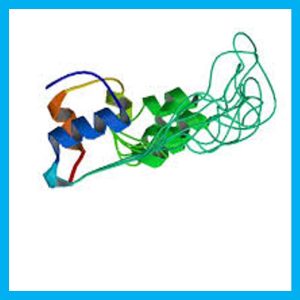Human Proinsulin
$475.00 – $4,800.00
Description
E. coli derived Human Proinsulin (Phe25 -Asn110) is made using the BioPure™ process, ensuring unequaled purity and lack of process or product-related contaminants. Proinsulin is synthesized as a single chain, 110 amino acid (aa) preproprecursor that contains a 24 aa signal sequence and an 86 aa proinsulin propeptide (Bell et al, Nature). Following removal of the signal peptide, the proinsulin peptide undergoes further proteolysis to generate mature insulin, a 51 aa disulfide-linked dimer that consists of a 30 aa B chain (aa 25 – 54) bound to a 21 aa A chain (aa 90 – 110). The 34 aa intervening peptide (aa 55 – 89) that connects the B and A chains is termed the C-peptide (Forst et al. Exp. Diabetes Res). Human proinsulin shares 84% and 80% aa sequence identity with rat and bovine proinsulin, respectively. Most of the sequence variation between species occurs in the region of the C-peptide. This peptide generates a structural conformation that allows for the correct formation of the intrachain disulphide bonds. Insulin is a molecule that facilitates the cellular uptake of glucose. This is accomplished by regulating the appearance of membrane glucose transporters. Low insulin levels or lack of insulin are associated with type 2 and type 1 diabetes mellitus, respectively (Steffes et al. Diabetes Care). These conditions are associated with an increased risk for microvascular complications such as retinopathy, nephropathy, and peripheral neuropathy. Proinsulin also circulates, but its physiologic role is less well understood. It does possess about 25% of the activity of mature insulin, but it would seem unlikely to be a natural substitute for insulin. In type 2 diabetes, an elevated proinsulin to insulin ratio in the circulation is a well-known abnormality (Roder et al. Diabetes Care). Perhaps this abnormality represents either compromised proteolytic processing or a general inability to process increased levels of insulin precursor. In any event, proinsulin will stimulate amylin secretion by beta -cells, and amyloid formation in pancreatic islets that promotes decreased beta cell function. Studies also suggest that fasting serum proinsulin may be a better predictor of future type 2 diabetes than fasting insulin levels in obese children.



